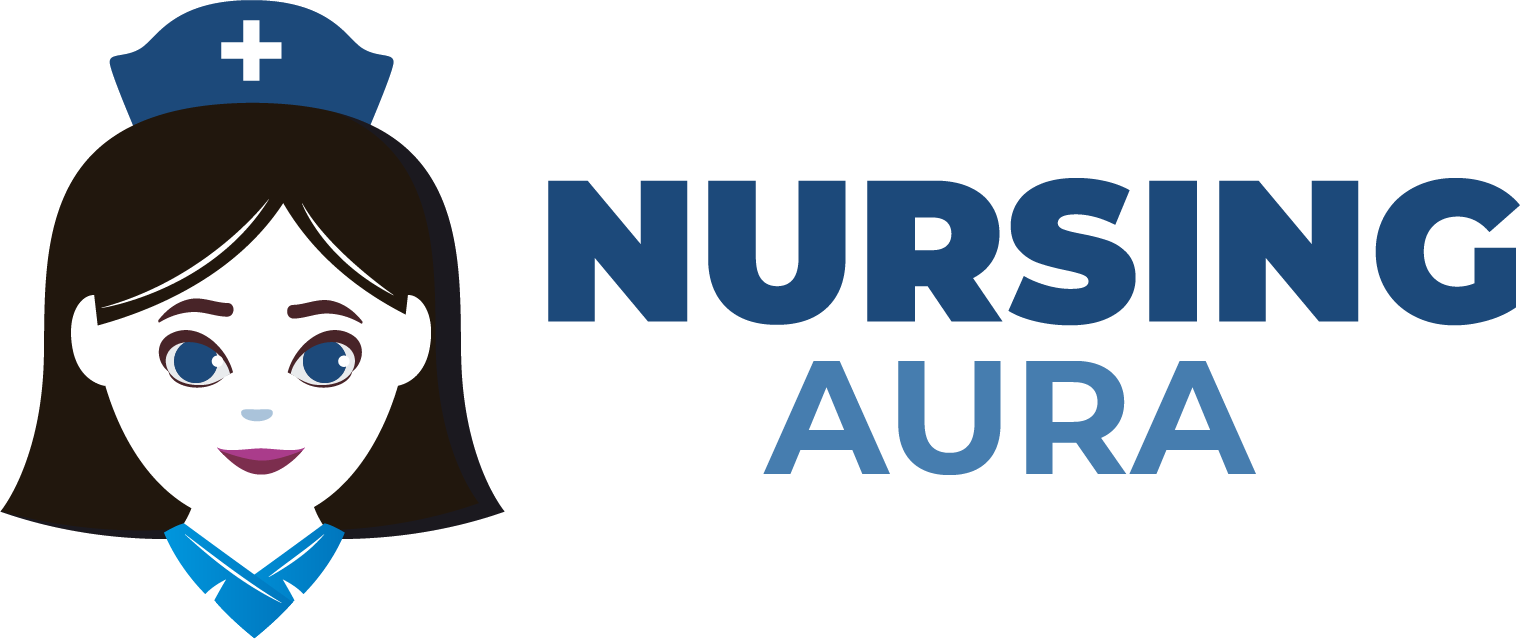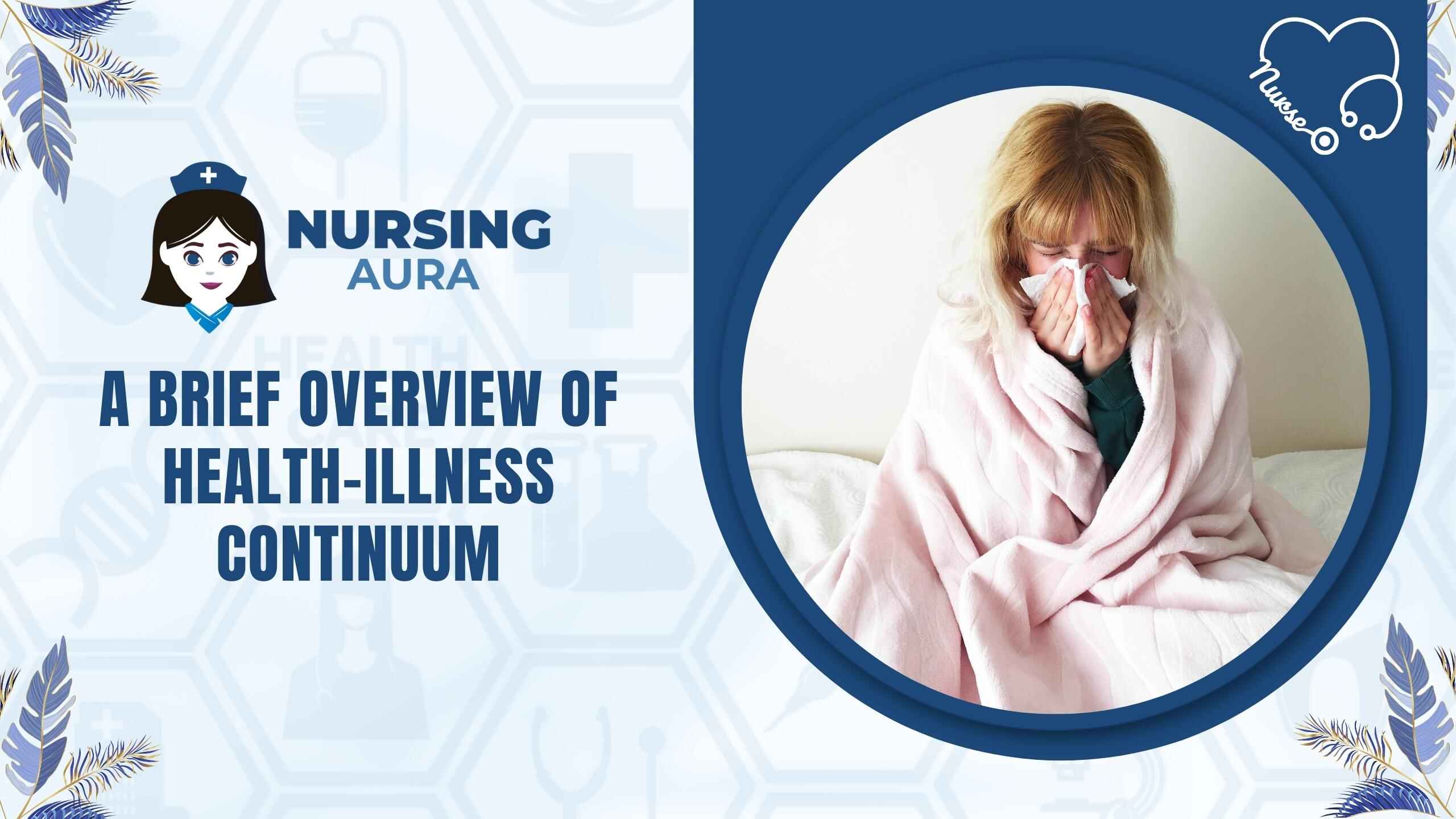Before understanding the concept of health illness continuum, lets discuss what inspires you to be as fit, strong, and active as possible? Is it internal factors, external forces, or both that motivate us to adopt healthy lifestyle decisions? I believe we do not know the answer to this question because the situation is constantly evolving.
Whatever the individual’s source of motivation may be, it is essential that they utilise it to continue moving in the right way.
As nurses, it is our responsibility to assist patients in identifying their motivation and the driving force that will propel them toward better health.
The health continuum, also known as the illness health continuum, is a tool we can employ to aid with directing our patients in the appropriate direction.
The Health-Disease Spectrum
The Health disease/illness continuum is a diagram that correlates the treatment paradigm with the health paradigm.
The point where they intersect is seen as neutral. A few instances of the continuum are the six components of individual health. These are categories inside each of our daily activities that must be modified to achieve optimal health.
This is a wonderful tool that nurses may use to aid their patients in visualizing, planning, and achieving their life improvement goals. Consider that the further your patients progress towards illness, the closer they are to death; conversely, the further your patients progress towards wellness, the closer they are to optimal health.
In addition to treating their patients, nurses are responsible for educating them on how avoidance and lifestyle choices can support them in progressing toward wellness and health.
Examples of the Health Illness Continuum
The continuum can be represented in a variety of ways. Nonetheless, the following are a few alternatives:
In 1972, Dr. John W. Travis conceived the illness-health continuum for the first time.
The health paradigm spans the entire continuum, as this is the path our patients should pursue to achieve an indisputable level of health. In either scenario, the therapeutic philosophy simply gets patients to the neutral point, or a condition devoid of disease.
Our objective as nurses should be to advance our patients to a higher level of health. As the example demonstrates, the most effective means of achieving this are mindfulness, education, and personal growth.
In this example, you can see that not only is the health illness continuum flowing from optimal health to abrupt death with several stages in between, but also the six components of individual health encompass the continuum. The pieces revolve around the continuum and are mutually reliant in an unending state.
6 Elements of Individual Health
The six components of individual wellbeing include:
- Physical health: Is our body functioning as it should be?
- Emotional Health: Can we adequately express ourselves in the public sphere?
- Mental health: Does stress consume us, or can we adjust when necessary?
- Social health: Are our loved ones beneficial or harmful to us?
- Environmental health: Are our food, air, and water safe?
- Spiritual health: Do we adhere to our own morals, ethics, and values?
These variables determine the direction our patients go along the health continuum. Surprisingly, even the tiniest modifications can have a significant impact on their general health.
Let’s examine them.
Physical Wellness
Unless we live in an air-tight bubble, we cannot be 100 percent resistant, despite our efforts to identify the infectious agents that cause various diseases.
However, we may provide our systems with a fighting chance with countermeasures like as hand cleaning, vaccines, health screenings, and a healthy diet and exercise regimen. Age and inherited characteristics are uncontrollable factors that have a significant impact on our current health.
No matter how hard we try to stop or oppose the passage of time, it is inevitable. Moreover, we have little control over our inherited appearance.
Emotional Wellness
Inconvenient as it may be, having the ability to effectively convey sentiments may be incredibly illuminating for ourselves as well as others.
It is absurd to imagine a world without conflict, but it is reasonable to imagine a world where emotions may be addressed in a way that is least harmful to all parties.
Mental wellbeing
Similar to our physical health, we cannot control every aspect of our lives that can negatively impact our mental health. The demands of our day-to-day life can alter from one assignment to the next, therefore the key is how we handle those expectations and adjust when we can’t. When confronted with a difficult situation, do we confront it head-on, or do we pause and allow it to resolve itself? Or then again, does it depend?

